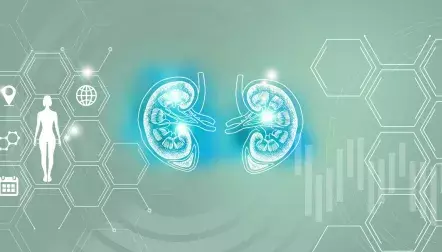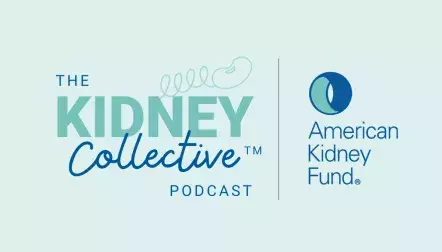
How to do your own research on causes of kidney disease?
Many people with an uncertain or new diagnosis of a rare kidney disease want to do their own research to learn more. But it is easy to get lost or confused. Stay on track by following the tips below. However, always check information you find with your kidney care team members. Online information should never replace your doctor's care or advice.
How to find credible information
Credible information is:
- Reliable and trustworthy
- Current
- Accurate and science-based
- Relevant to you and your kidney disease
Questions to ask about websites and other information sources
To know if information is credible, ask these questions:
Who wrote it?
- Look for the author. The author should be an individual or an organization. For example, "Written by Dr. John Smith" or "American Kidney Fund."
- Read the "About us" section of a website. Websites cost money to create and update. Think about who is paying for the website and what their goal may be.
- Check the website address (URL) address. It costs money to purchases URL's that match your organization name, so be suspicious of website addresses that end with letters .xyz, .buzz, .live, .fit, .tk or other strings of random letters and numbers. Instead look for these legitimate ULR address endings:
- .gov identifies a U.S. government agency
- .edu identifies an educational institution, like a school, college or university
- .org usually identifies nonprofit organizations (such as professional groups, scientific, medical or research societies and advocacy groups)
- .com identifies commercial websites (such as businesses, pharmaceutical companies and sometimes hospitals)
What is the purpose of the website?
- Check the purpose of the website or source. Seek out websites that are trying to inform and educate. Beware of websites selling a product.
What is the evidence for the claims they are making?
- Trust information that is based on scientific evidence and research studies, not testimonials or one person's opinion.
- Look for who reviewed the information or claims. Often there will be a statement that the information has been reviewed by a health professional, such as a doctor or nurse.
- Look for references and citations.
Is it up-to-date?
- Find the publication date. You want the information to be from the last 5-10 years.
Is it "too good to be true"?
- Beware of cure-alls, miracle treatments, websites or companies that claim to have a quick fix or easy cure.
- Search for other sources or websites with the same information.
- Review the other links the website links to. Even if the website links to a trustworthy source, it does not mean that the site has the other organization's endorsement or support.
Want to learn even more about how to do your own health research? Check out the National Library of Medicine's free online tutorial on how to evaluate health information online.
Tips for doing your own health research
- Check out many different websites. Do not visit just one for all your information.
- Notice the information that is repeated on all of them–this is often the trustworthy information!
- Discuss what you find with your doctor before you make any changes.
- Beware of testimonials or personal stories, which may be comforting, but may not be accurate. Everyone experiences health problems differently, so one person's story may not represent the common experience or yours.
- Protect your privacy if you decide to share personal or medical information online.
- Use caution with your social security number. It is safest to not share your social security number online.
- Share only on secure sites. Secure websites have an "s" after "http" in the start of their website address (https://) and often require that you create a username and password.
- Use secure passwords and two-factor identification when possible. Two-factor identification has another way to verify your identity after you enter your password.
- Limit what you share on social media. Do not give your address, phone number or email on social media sites.
Resources to learn more about causes of kidney disease
Credible websites about kidney diseases of unknown causes
- National Organization for Rare Disorders (NORD)
- National Institute of Diabetes and Digestive and Kidney Diseases (NIH-NIDDK)
- Genetic and Rare Diseases Information Center (NIH-GARD)
- Genetics Home Reference (NIH)
- MedlinePlus (NIH)
Are you a caregiver?
Download this guide to learn why finding the cause of kidney disease matters, what common tests mean and what to ask at appointments. Caregivers are a vital part of the care team, and your voice plays an important role in making sure your loved one gets the best care possible.

